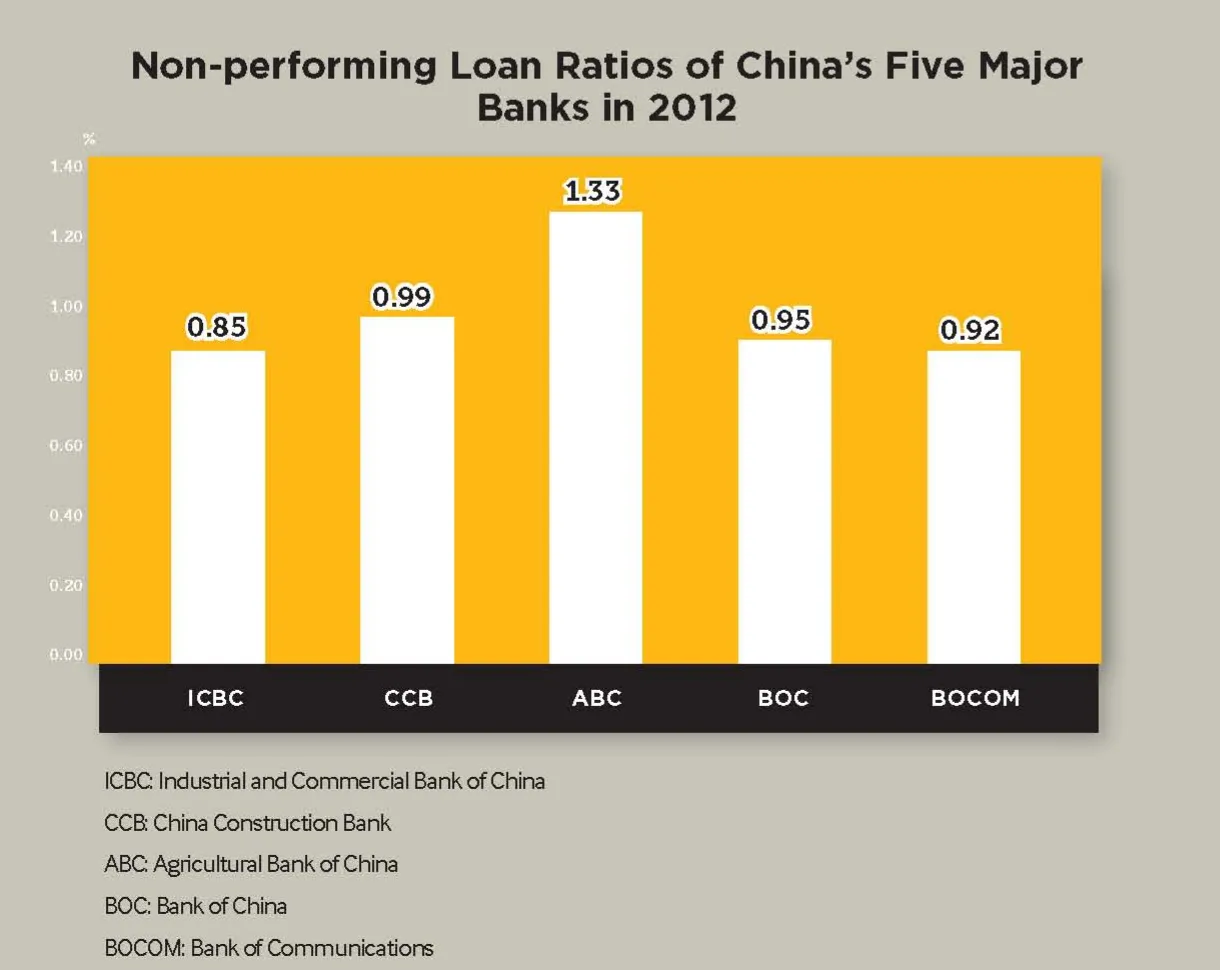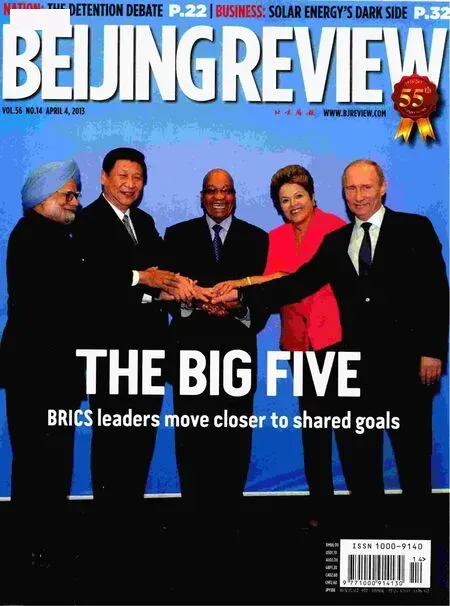MARKET WATCH
2013-12-06
OPINION
Sustainable Urbanization
Urbanization—which will push demand, and industrial, urban and rural restructuring—is a process China must experience in order to achieve modernization. During this time,more and more farmers will join the ranks of urban residents.
Since the implementation of reform and opening-up policies, China has undergone rapid urbanization. Although remarkable achievements have been made in the process, problems and con flicts have also been accumulating.
In 2012, China’s urbanization rate reached 52.57 percent, while the ratio of urban hukou holders—or those with urban permanent residency permits and accompanying benefits—only stood at 35.29 percent.
Meanwhile, sustainable development cannot be realized by relying entirely on a cheap labor force, extensive energy consumption and low costs. In this sense, urbanization will inevitably shift from an expansion based on quantity to one based on quality.
Moreover, a huge population coupled with environmental degradation has forced China to take its national conditions into consideration and actively—yet prudently—push forward urbanization with Chinese characteristics.
In the future, a major task of China’s urbanization is to citizenize the 200 million migrant workers living in the cities, along with the 10 million migrant workers heading to the cities each year. To this end, the Chinese Government should reform its household registration system, ensure that all migrant workers have equal access to public services,and expand the basic pension system, basic medical care and low-income housing for permanent urban residents.
With urbanization in mind, China should come up with a rational plan to better distribute its population by connecting cities of different sizes with small towns through comprehensive traffic and information networks.
Efforts should be made to prevent urban diseases and build green, low-carbon cities,and more attention is needed to ensure that sufficient resources exist to complement expanding populations. Per-capita land construction should be controlled to no more than 100 square meters to avoid blind expansion. Focus should be on creating jobs,encouraging entrepreneurship and innovation, improving infrastructure and public services, and pushing the construction of green, smart and humanistic cities.
The harmonious development of urban and rural areas should be promoted to narrow the rural-urban gap and encourage common prosperity. China should stick to pushing forward the integration of urban planning, infrastructure and public services,and facilitate the free flow, equal exchange and balanced allocation of public resources.
Finally, the roles of the government and the market in urbanization should be made clear to eradicate systematic obstacles. The government should carry out reforms on the household registration system, the land system, social security, finance and taxation,administrative divisions, etc.
It should gradually separate social benefits from hukou, improve population administration to link household registration with the residence permit system, and enact policies linking land increases for urban construction to the size of the agricultural population that settles down in cities.Sustainable public fiscal as well as investment and financing mechanisms should be put in place to provide funds for basic urban public services and infrastructure construction. ■
This is an edited excerpt of a speech by Xu Xianping, Vice Minister of National Development and Reform Commission, at China International Urbanization Forum 2013 held in Shanghai on March 30-31
yushujun@bjreview.com
NUMBERS
781.31bln yuan
Net profits of China’s five major banks in 2012, equaled to a combined daily earning of 2.1 billion yuan ($338.6 million)
17.54tln yuan
ICBC’s total assets in 2012,maintaining its position as the largest bank by assets
1.33%
ABC’s ratio of non-performing loans in 2012, a drop of 0.22 percentage points from the previous year



THE MARKETS
Heavy Losses
Angang Steel Co. Ltd.—the listed arm of Anshan Iron and Steel Group Corp.—has carried an ST (special treatment) tag, a type of bourse warning, on the Shenzhen Stock Exchange since March 29 after posting losses for two years in a row.
Angang Steel, a Liaoning-based steel maker, reported a 4.16 billion yuan ($670 million)loss in 2012, compared with a 2.1-billion-yuan($338.1 million) loss in the previous year.
According to bourse regulations, the company had to change its stock name to ST Angang as a warning to investors of its lossmaking record.
In addition, some analysts believe it risks being delisted if it fails to see pro fits this year.
Angang said steel product prices have slumped due to lower demand at home, overcapacity, rising costs and fierce competition.
Good Harvest Year
Leading Chinese liquor producer Kweichow Moutai Co. has posted slower net pro fit growth for 2012.
The company’s net profit increased 51.86 percent year on year to 13.31 billion yuan ($2.12 billion) last year.
The growth rate is eye-catching but still much lower than the 73.49-percent increase seen in 2011, partly due to relatively weakened demand, affected by the Central Government’s stricter control over spending on official banquets. Spirits made by the company are regarded as favorites at high-end government banquets paid for by the public purse.
Moutai forecasts a 20-percent pro fit growth this year. The company admits that its liquor supplies have surpassed demand in recent years and that fierce competition has started to diminish its pro fit margin. ■
